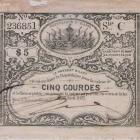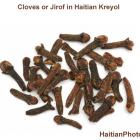ADVERTISEMENT
Photos
A wedding Tradition in Haiti
The landscape of weddings in Haiti is slowly changing to the more conventional Anglo methods. As such, the majority of weddings still steeped in the traditional Haitian ways are localized to the peasantry outside of the busier urban settings. Traditions such as cutting the cake at the reception are not practiced within the Haitian customs, and the Anglo way of sending out formal invitations give an air of prestige city dwellers gravitate towards, making traditional Haitian practices less likely seen in an urban setting.
Beads Program in Savanette
Missions International of America co-founder, Jan Meier-Nielsen has found a way to help 50 Haitians profit from a new business that could well be described as modern-day alchemy. Using paper from scrapbooks and the pages of magazines, 4 men and 46 women, last year, made an income of $400 plus, over the yearly income of the average Haitian. The wares magicked from these unlikely materials include crosses and coasters, in a setting that harkens even more to fantasy for the dirt floors and candlelit ambiance in which they were created.
Being a child and not allowed to play - Restavek in Haiti
A leading researcher in the field of child development found that playing is very important in child development. It is the leading reason why very young children can learn so much so quickly. The study also found that the children allowed to play become better thinkers and are better equipped to think about different possibilities to solve issues.
Now imagine having an entire class of children in a society such a Haiti called Restavek who are usually unable to not only play due to their daily living condition but also go to school and are put down on a regular basis.
This can only be labeled as the self-destruction of a society
Living with a complex of inferiority - Restavek in Haiti
Have you ever felt like you are less than another person? You shouldn't have dream, you should not be doing what most people of your age are doing?
Most professional in the psychiatric field would describe this as developing a low self-esteem, feeling of insecurity and inferiority.
In Haiti, this is the case for many children who are or have been working as Restavek in many Haitian homes.
The greatest love we all seek is within us and its us. We need to love ourselves.
How do you think we as a society is doing in this area: Love, inferiority complex, self-esteem, and restavek
Child abused as Restavek
Here is the picture of a Haitian child showing his abusive marks received in the hands of a Haitian family while working as a restavek. This is a common practice for Haitian children to both be working as restavek and also to be abused by the family they are working for on a regular basis. The abuses do not come usually from the hands of the adults in the homes but also children, family members as well as friends of the family who might come for visit
The Battle of Vertieres in the Haitian Revolution
The Battle of Vertières, the last major battle before Haitian Independence. Fought between Haitian rebels and French expeditionary forces on 18 November 1803 at Vertières situated Nord of Haiti. Haitian rebels had already taken over all the territory from France. The only places left to France were Mole St. Nicolas, held by Noailles, and Cap-Français, by Rochambeau
The Cap-Haitian fires in 1793 and 1802, during the Haitian Revolution
Cap-Haitian was burned twice during the Haitian Revolution: in 1793 and 1802 or 1803. Henri Christophe ordered the city of Cap-Haitian to be burned down to prevent it falling into French hands.
Le Cap would arise later from the flames not as Cap Francais, but as a black ruled, black dominated city called Cap Haitien.
Singer Stevy Mahy and Music Promoter Roland Berthold
Here is a picture of the famous singer, songwriter, artist Stevy Mahy with Haitian and Caribbean Music Promoter Roland Berthold together.
Although she is not very popular in Haiti and among Haitians in the Diaspora yet, Stevy Mahy is an international artist.
Stevy Mahy was born in Paris but spent part of his childhood in Guadeloupe where her parents are from. She is a true Creole woman.
growing up in a family where both mother and father are musicians and singers, it is only natural that Stevy Mahy would be in love with music. She recorded "mama DEPI or pati" or "I want a little brother "with his mother, that the age of 9 years.
Some of her hit songs includ: Beautiful, San vou, Yenki pou vou, Something About You, Fame Is Gone, What's Going On?, Falling In Love Again, Divine Magic Joy, Si'w pé, Shine On Me, Mon coeur mon ange
Stevy Mahy and Roland Berthold at Oakgrove Park in Miami
Here is a picture of the beautiful and talented superstar in Zouk, Stevy Mahy with Haitian Music Promoter, Roland Berthold at Oakgrove Park in North Miami. This picture was taken on July 4th, 2013 during a celebration of the 4th of July Holiday. The activities at the time include a performance of the new Haitian music band Klass that was performing at the park, organized by Commissioner Jean Monestime


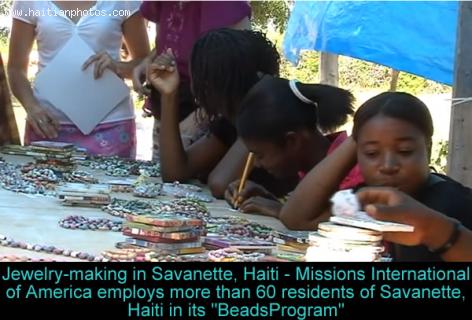
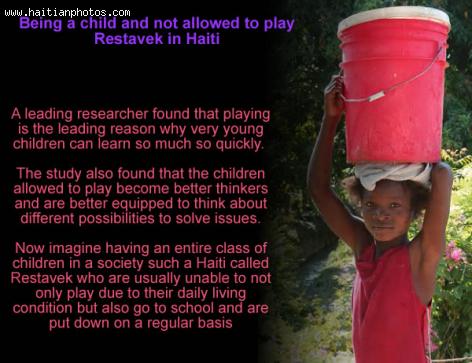
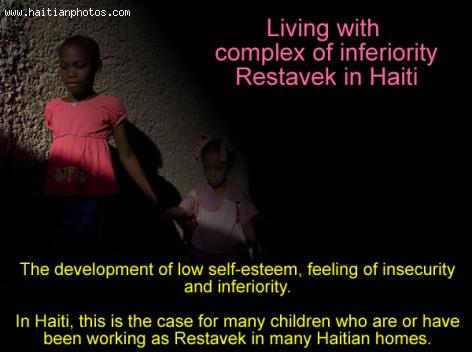
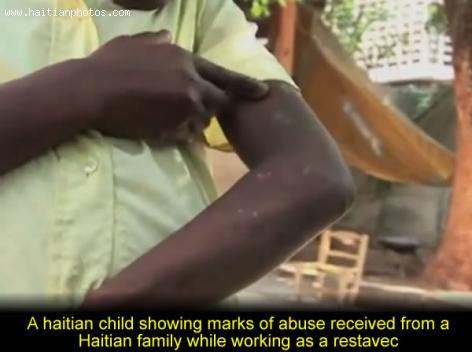
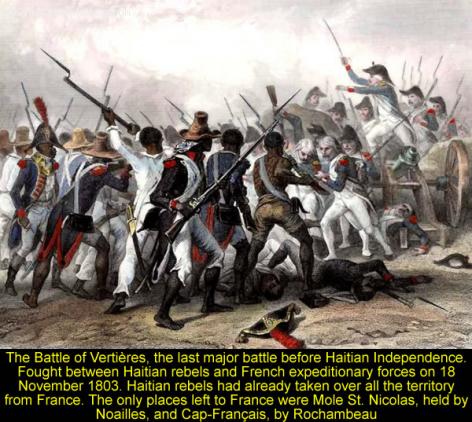
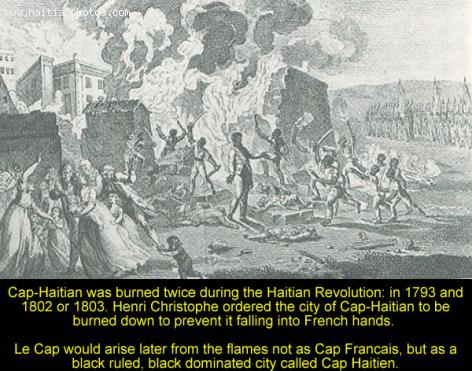

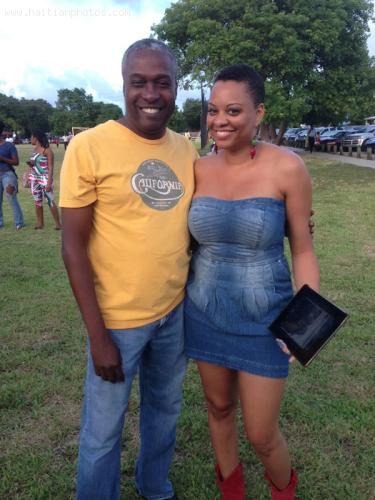
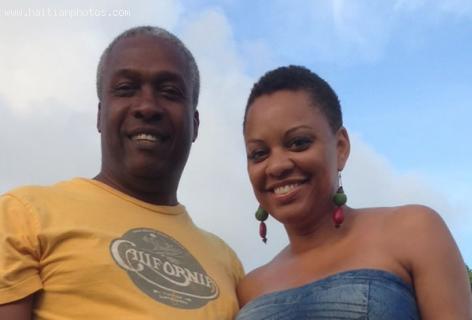
 Chelsea Clinton email Dad, Mom on Haitian relief incompetence
Chelsea Clinton email Dad, Mom on Haitian relief incompetence  Should birthright citizenship be eliminated in the US?
Should birthright citizenship be eliminated in the US?  orphanage founder Michael Geilenfeld falsely accused of abuse
orphanage founder Michael Geilenfeld falsely accused of abuse  Philippe Vorbe entered world football Hall of Fame, CONCACAF
Philippe Vorbe entered world football Hall of Fame, CONCACAF  Dr. Henri Ford, First Haitian Dean At University of Miami Med...
Dr. Henri Ford, First Haitian Dean At University of Miami Med...  Commissioner Frantz Pierre indicted for accepting bribes
Commissioner Frantz Pierre indicted for accepting bribes  Jack Guy Lafontant resigns as Haiti Prime Minister
Jack Guy Lafontant resigns as Haiti Prime Minister  Haitians, the second largest black immigrant group in the US
Haitians, the second largest black immigrant group in the US 

